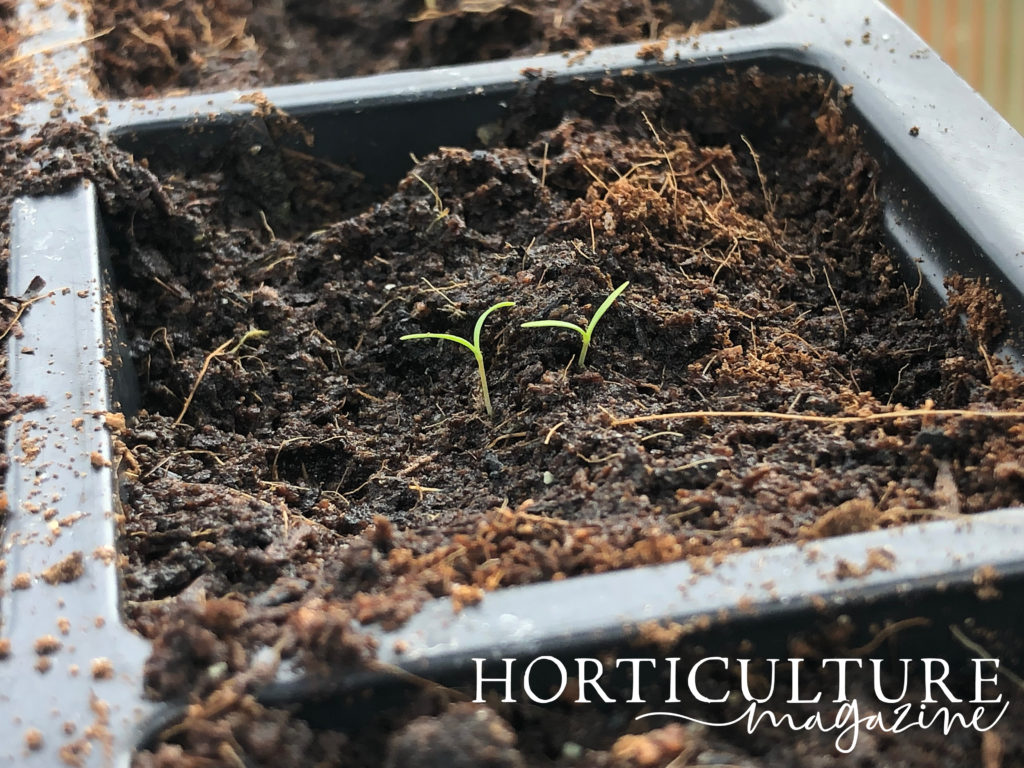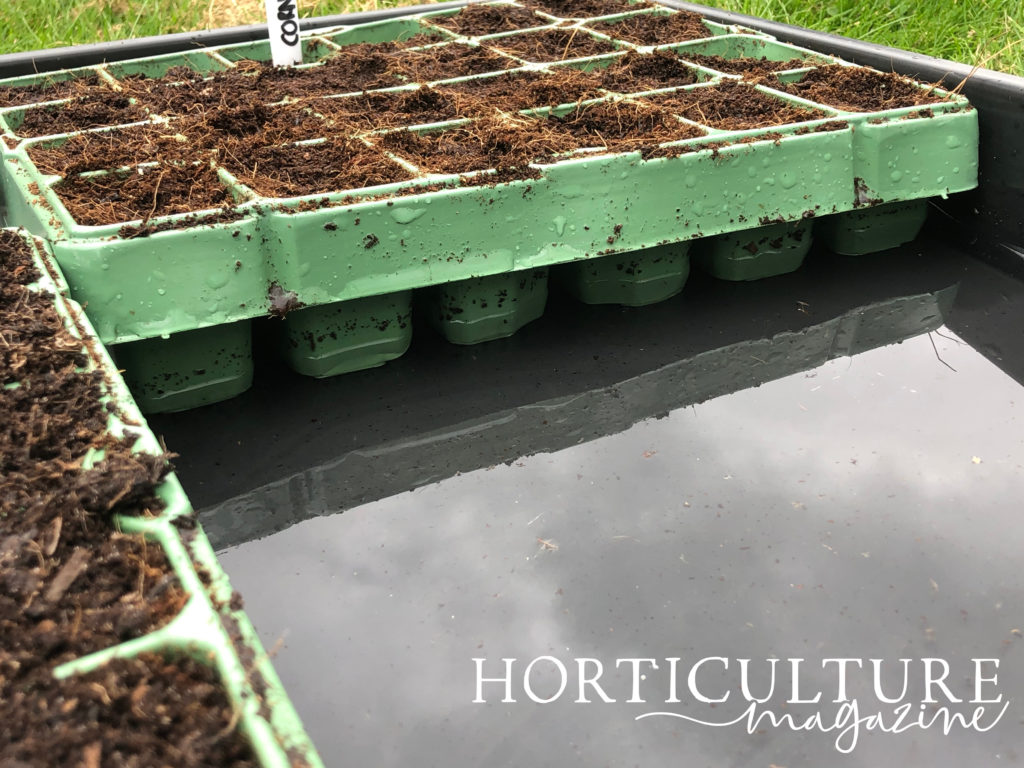Sowing Ammi Majus Into Greenhouse Pots With Emily Cupit’s Video Tutorial

ANNUALS > AMMI-MAJUS > SOWING

Elizabeth is a Permaculture Garden Designer, Sustainability Consultant and Professional Writer, working as an advocate for positive change. She graduated from the University of St. Andrews with an MA in English and Philosophy and obtained a Diploma in Applied Permaculture Design from the Permaculture Association.
Reviewed By COLIN SKELLY

Colin is a Horticulturist and Horticultural Consultant with experience in a range of practical and managerial roles across heritage, commercial and public horticulture. He holds the Royal Horticultural Society’s Master of Horticulture award and has a particular interest in horticultural ecology and naturalistic planting for habitat and climate resilience.
Contributions From EMILY CUPIT

Emily is a Gardening Writer, Photographer and Videographer from Derbyshire, UK. She is the Founder of Emily's Green Diary - a community of more than 75,000 people who share in her gardening journey.
IN THIS GUIDE
AMMI-MAJUS GUIDES
Growing From Seed
Also known as ‘Bishop’s Flower’, Ammi majus is popular with florists and floral artists for its dainty white flowers and lacy foliage.
This annual looks great in the middle of beds and borders, or in an informal wildflower meadow.
This plant is great for attracting bees and other beneficial insects and when the plants are left after flowering, birds like goldfinches will love the seeds.
If you would like to grow this annual in your garden, the good news is that it is very easy to grow from seed.
The seeds are sown between March and May, either indoors, undercover, or directly where they are to grow.
- Prepare a seed tray filled with seed-starting compost, or a suitable area of fertile and free-draining soil if direct sowing.
- Sow seeds, covering lightly with compost or soil.
- Once the seeds have germinated and have their first true leaves, if growing indoors, transfer each to its own pot.
- If not directly sown, transplant seedlings into your garden towards the end of May or in early June.
Whether sown indoors or directly, the plants should flower the same year, blooming between June and August.
| Difficulty | Easy |
| Equipment Required | Seeds, seed tray or pots, greenhouse or a cold frame |
| When To Sow | March-May |
| When To Plant Out | May-June |
When To Sow
Ammi majus seeds can be sown in late February indoors, but are usually sown in March.
However, expert Horticulturist Colin Skelly has a different approach:
“I sow half of my Ammi majus into pots in my greenhouse in autumn (late September/early October) and the rest in March.
“This is partly insurance by not putting all of my proverbial eggs in one basket, but also produces two waves of flowering as the autumn or spring sown plants will flower in two waves, in April to May and then May to June.”
Alternatively, from around mid-April onwards, seeds can be directly sown into a well-prepared area of soil in your garden.
1) Prepare The Growing Area
When growing Ammi majus from seed, the first thing you will need to decide is whether you will directly sow or sow indoors.
Sowing indoors is best if you have heavier, clay soil.

It can also be a better strategy if you have a lot of slugs and snails or other pests to contend with.
If sowing indoors, prepare a seed tray or soil blocks and fill these with a suitable peat-free seed-starting compost mix.
2) Sow Your Seeds
Sow the seeds on the surface of the growing medium and cover them over lightly, firming them in gently and making sure that the medium is moist but not saturated.

The seeds should germinate quite quickly.
Keep them in a greenhouse or cold frame, or on a sunny windowsill until they develop their first true leaves.
3) Pot Up
Once the Ammi majus seedlings have their first true leaves, prick them out and pot them into their own individual pots.

You can then continue to grow them in a greenhouse or under a cold frame.
4) Transplant To The Garden
The young plants can then be transplanted into their final growing positions in your garden towards the end of May or in early June.
